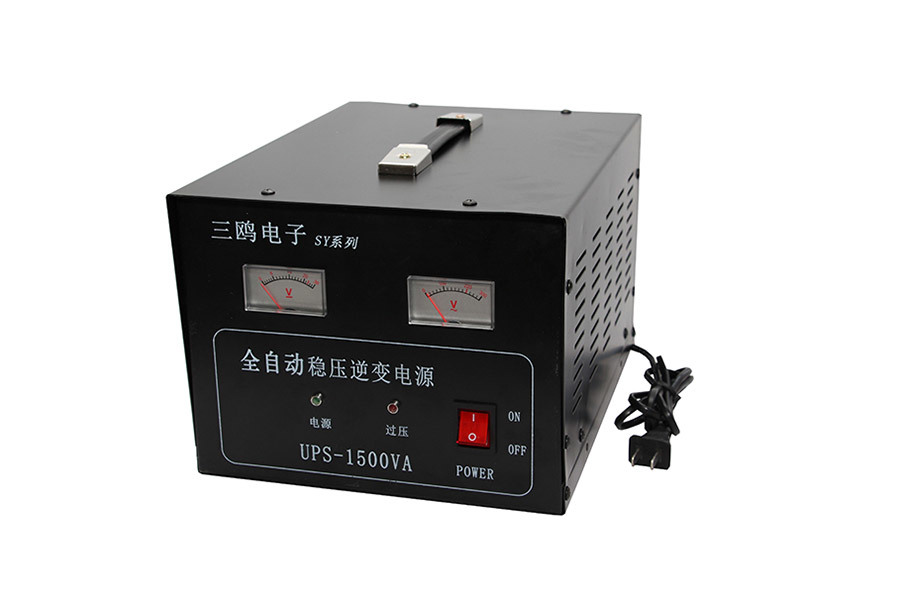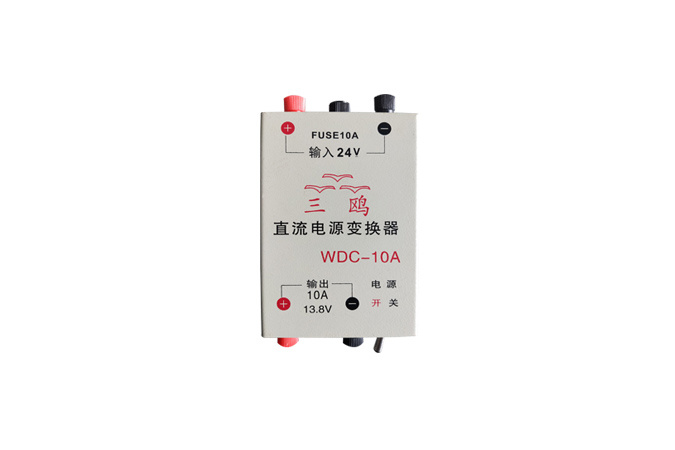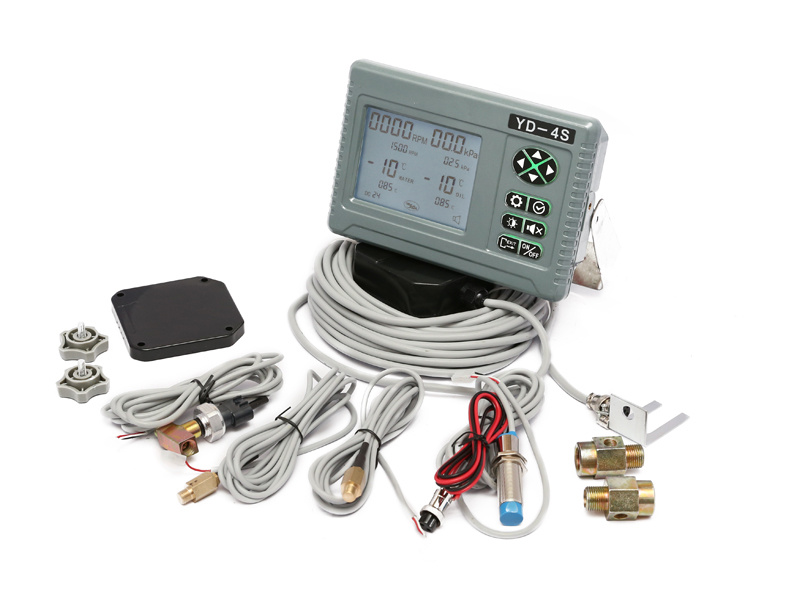News Center
Discover the Incredible Benefits of Using Integrated Microphone Loudspeakers in Your Innovative Projects
Introduction to Integrated Microphone Loudspeakers
In today’s audio landscape, the demand for high-quality sound in compact designs has never been greater. Integrated microphone loudspeakers (IMLs) have emerged as a popular solution for engineers and designers working on audio projects. These devices combine a microphone and a loudspeaker into a single unit, providing a seamless audio experience for various applications. In this article, we will delve into the numerous benefits of using integrated microphone loudspeakers in your projects, exploring their features, advantages, and practical applications.
The Rise of Integrated Microphone Loudspeakers
The evolution of audio technology has led to significant advancements in sound devices. Integrated microphone loudspeakers have gained traction due to their unique characteristics, which allow for enhanced audio performance in a compact footprint. As more industries embrace the Internet of Things (IoT) and smart technology, the need for efficient audio solutions has skyrocketed.
What Are Integrated Microphone Loudspeakers?
Integrated microphone loudspeakers are audio devices that combine both a microphone and a loudspeaker into one compact unit. This design allows for easy integration into various products, reducing the need for separate components. By using IMLs, designers can streamline the assembly process while minimizing space requirements in their devices.
Key Features of Integrated Microphone Loudspeakers
Integrated microphone loudspeakers offer several key features that make them appealing for different applications:
1. **Compact Design**: IMLs are designed to occupy minimal space, making them ideal for portable devices and tight enclosures.
2. **High-Quality Sound**: These devices are engineered to deliver clear audio quality, making them suitable for voice recognition, communication, and media playback.
3. **Easy Integration**: With their single-unit design, IMLs simplify the design and assembly process, reducing development time.
4. **Versatile Applications**: From smartphones and tablets to smart home devices and automotive systems, IMLs can be used in various settings.
Advantages of Using Integrated Microphone Loudspeakers
Using integrated microphone loudspeakers in your projects can yield several advantages that enhance both functionality and user experience.
1. Enhanced Audio Quality
One of the most significant benefits of IMLs is their capacity to provide high-quality audio. With advancements in technology, these devices are engineered to capture and reproduce sound with remarkable clarity. This is crucial for applications like voice recognition, where clear audio input can make or break the user experience. The integration of both microphone and loudspeaker means that sound feedback is immediate and accurate, improving overall communication.
2. Space-Saving Design
In an era where design constraints are paramount, the compact nature of integrated microphone loudspeakers cannot be overstated. By combining two essential components into one unit, designers can save precious space within their devices. This is particularly beneficial for portable electronics, where size and weight significantly affect usability. IMLs enable the creation of sleek, modern products without compromising on audio performance.
3. Simplified Assembly and Reduced Costs
Integrating components can drastically simplify the assembly process. With fewer parts to handle, manufacturers can streamline production and reduce labor costs. Furthermore, using IMLs can lower overall material costs, allowing for more flexible budgeting in project development. The time saved in assembly can also lead to faster time-to-market, which is a critical factor in today’s competitive landscape.
4. Greater Design Flexibility
The ability to easily integrate IMLs into various product designs allows for greater creativity and innovation. Designers can experiment with different form factors and layouts without the constraints imposed by traditional microphone and speaker setups. This flexibility ensures that projects can be tailored to meet specific user needs and aesthetic preferences.
5. Versatile Use Cases
Integrated microphone loudspeakers are suitable for a wide range of applications. Some common use cases include:
- **Smartphones**: Enhancing calls and voice commands with clear audio.
- **Smart Home Devices**: Improving communication in products like smart speakers and home assistants.
- **Automotive Systems**: Facilitating hands-free calling and audio playback in vehicles.
- **Wearable Technology**: Providing audio input and output in compact formats, such as smartwatches.
Applications of Integrated Microphone Loudspeakers in Various Industries
The versatility of integrated microphone loudspeakers allows them to be utilized in several industries, each reaping the benefits of enhanced audio performance and reduced design complexity.
1. Consumer Electronics
In consumer electronics, the demand for high-quality audio experiences is paramount. Integrated microphone loudspeakers are commonly used in smartphones, tablets, and laptops, ensuring users receive crystal-clear sound for calls, videos, and music.
2. Automotive
The automotive industry has recognized the importance of audio communication for enhancing driver and passenger experiences. Integrated microphone loudspeakers facilitate hands-free calling and navigation prompts, making driving safer and more enjoyable.
3. Smart Home Technology
As smart home technology advances, integrated microphone loudspeakers play a crucial role in voice-activated devices. They enable seamless interaction with smart assistants and improve security systems by providing clear audio for two-way communication.
4. Healthcare
In healthcare settings, IMLs are used in devices that require remote communication, such as telehealth systems. By ensuring high-quality audio transmission, healthcare providers can deliver better patient care and improve consultation experiences.
5. Education and Training
In educational settings, integrated microphone loudspeakers can be found in interactive learning tools and remote teaching systems. They enhance audio quality for presentations, ensuring that both educators and learners benefit from clear communication.
Choosing the Right Integrated Microphone Loudspeakers for Your Project
Selecting the appropriate integrated microphone loudspeakers for your project involves several considerations to ensure optimal performance and compatibility.
1. Assess Your Audio Requirements
Determine the audio quality needed for your application. Consider factors such as frequency response, sensitivity, and maximum sound pressure level. Analyzing your project's audio requirements will help you choose an IML that meets your needs.
2. Evaluate Size and Form Factor
Examine the size limitations and design preferences of your product. Integrated microphone loudspeakers come in various shapes and sizes, so it is essential to choose one that fits seamlessly into your design without sacrificing aesthetics or functionality.
3. Consider Environmental Factors
Evaluate the environment in which your integrated microphone loudspeakers will operate. Factors such as temperature, humidity, and potential exposure to dust or moisture can affect performance. Select IMLs with appropriate environmental ratings to ensure durability and reliability.
4. Check Compatibility with Other Components
Ensure that the integrated microphone loudspeakers you choose are compatible with other components in your project, such as amplifiers, digital signal processors, and power sources. Compatibility will facilitate smoother integration and enhance overall performance.
Future Trends in Integrated Microphone Loudspeakers
As technology continues to evolve, integrated microphone loudspeakers are likely to see further advancements in design and functionality.
1. Enhanced Smart Features
With the rise of smart technology, future IMLs may be equipped with advanced features such as noise cancellation, voice recognition, and adaptive audio processing. These innovations will enhance user experience and expand the applications of integrated microphone loudspeakers.
2. Improved Energy Efficiency
As sustainability becomes increasingly important, manufacturers will focus on developing energy-efficient integrated microphone loudspeakers that consume less power while maintaining excellent audio quality. This shift will align with the growing demand for eco-friendly products.
3. Miniaturization and Performance
The trend toward miniaturization will continue, with manufacturers working to create smaller, more powerful integrated microphone loudspeakers. This evolution will enable even more applications in compact devices without compromising audio quality.
FAQs About Integrated Microphone Loudspeakers
1. What is the primary advantage of using integrated microphone loudspeakers?
The primary advantage is their ability to combine a microphone and a loudspeaker into one unit, saving space and simplifying integration while delivering high-quality audio performance.
2. Can integrated microphone loudspeakers be used in outdoor applications?
Yes, but it is essential to choose IMLs with appropriate environmental ratings to ensure durability and performance in outdoor conditions.
3. How do I choose the right integrated microphone loudspeaker for my project?
Consider factors such as audio requirements, size, environmental factors, and compatibility with other components when selecting an IML for your project.
4. Are integrated microphone loudspeakers suitable for voice recognition applications?
Yes, IMLs are designed to deliver clear audio input, making them ideal for voice recognition and communication applications.
5. What industries benefit the most from integrated microphone loudspeakers?
Industries such as consumer electronics, automotive, smart home technology, healthcare, and education benefit significantly from the use of integrated microphone loudspeakers.
Conclusion
Integrated microphone loudspeakers represent a remarkable innovation in audio technology, offering numerous benefits that enhance both performance and design. As we have explored, their compact design, high audio quality, and versatility make them an invaluable addition to various projects, from consumer electronics to smart home applications. By understanding the advantages and applications of IMLs, designers and engineers can create more efficient, effective, and user-friendly products. Embracing this technology will undoubtedly elevate your projects and meet the growing demand for exceptional audio experiences.
Related News
Understanding the Functionality and Benefits of 1 in 4 Out Signal Distributors
In the realm of electronic components, particularly within the optoelectronic sector, signal distribution is a critical process that ensures efficient communication between devices. A 1 in 4 out signal distributor is a specialized device designed to take a single input signal and distribute it to four separate output channels. This functionality is essential for various applications, including tel
Maximize Your Signal Distribution with an Efficient 1 in 10 Out Distributor
Maximize Your Signal Distribution with an Efficient 1 in 10 Out Distributor Table of Contents Understanding Signal Distribution What is a 1 in 10 Out Distributor? Benefits of Using a 1 in 10 Out Distributor Applications of 1 in 10 Out Distributors Key Features to Consider Installing and Configuring Your Distributor Troubleshooting Common Issues Maintaining Your Signal Distributor
Understanding the Furuno 1831 Radar Plug: An Essential Component for Radar Level Measurement
The Furuno 1831 radar plug, particularly the 24-pin square connector, is integral to the operation of radar systems commonly utilized in level measurement applications. These systems are widely recognized for their accuracy and reliability in gauging material levels across various industries, including chemical processing, water treatment, and food and beverage manufacturing. One of the primary fu




